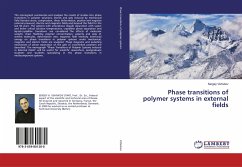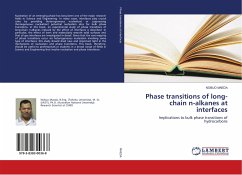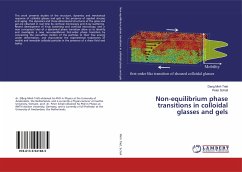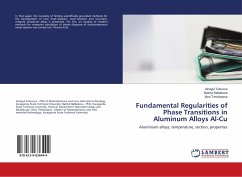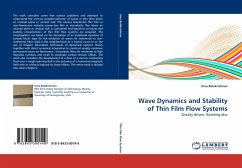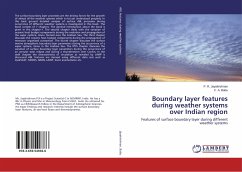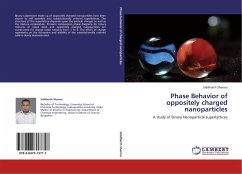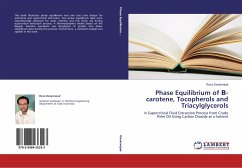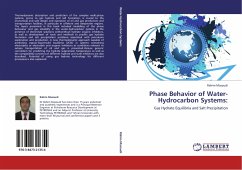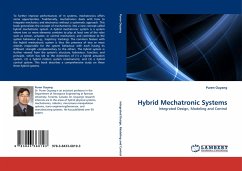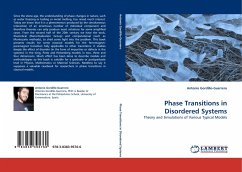
Phase Transitions in Disordered Systems
Theory and Simulations of Various Typical Models
Versandkostenfrei!
Versandfertig in 6-10 Tagen
45,99 €
inkl. MwSt.

PAYBACK Punkte
23 °P sammeln!
Since the stone age, the understanding of phase changes in nature, such as water freezing or boiling or metal melting, has raised much interest. Today we know that it is a phenomenon produced by the simultaneous interaction of an enormous number of individual component and therefore theories can only produce exact solutions for some simplified cases. From the second half of the 20th century we have the tools, theoretical (Renormalization Group) and computational (such as Montecarlo methods), to shed some light into the problem. This book presents results for some classical models for the ferro...
Since the stone age, the understanding of phase changes in nature, such as water freezing or boiling or metal melting, has raised much interest. Today we know that it is a phenomenon produced by the simultaneous interaction of an enormous number of individual component and therefore theories can only produce exact solutions for some simplified cases. From the second half of the 20th century we have the tools, theoretical (Renormalization Group) and computational (such as Montecarlo methods), to shed some light into the problem. This book presents results for some classical models for the ferromagnet-paramagnet transition fully applicable to other transitions. It studies deeply the effect of disorder (in the form of impurities or defects in the systems) in the Ising, Potts and Heisenberg models in two, three and four dimensions. Much effort has been done to describe models and methodologies so this book is suitable for a graduate or postgraduate level in Physics, Mathematics or Material Sciences. Needless to say it supposes a valuable casebook for researchers in phase transitions in classical models.



